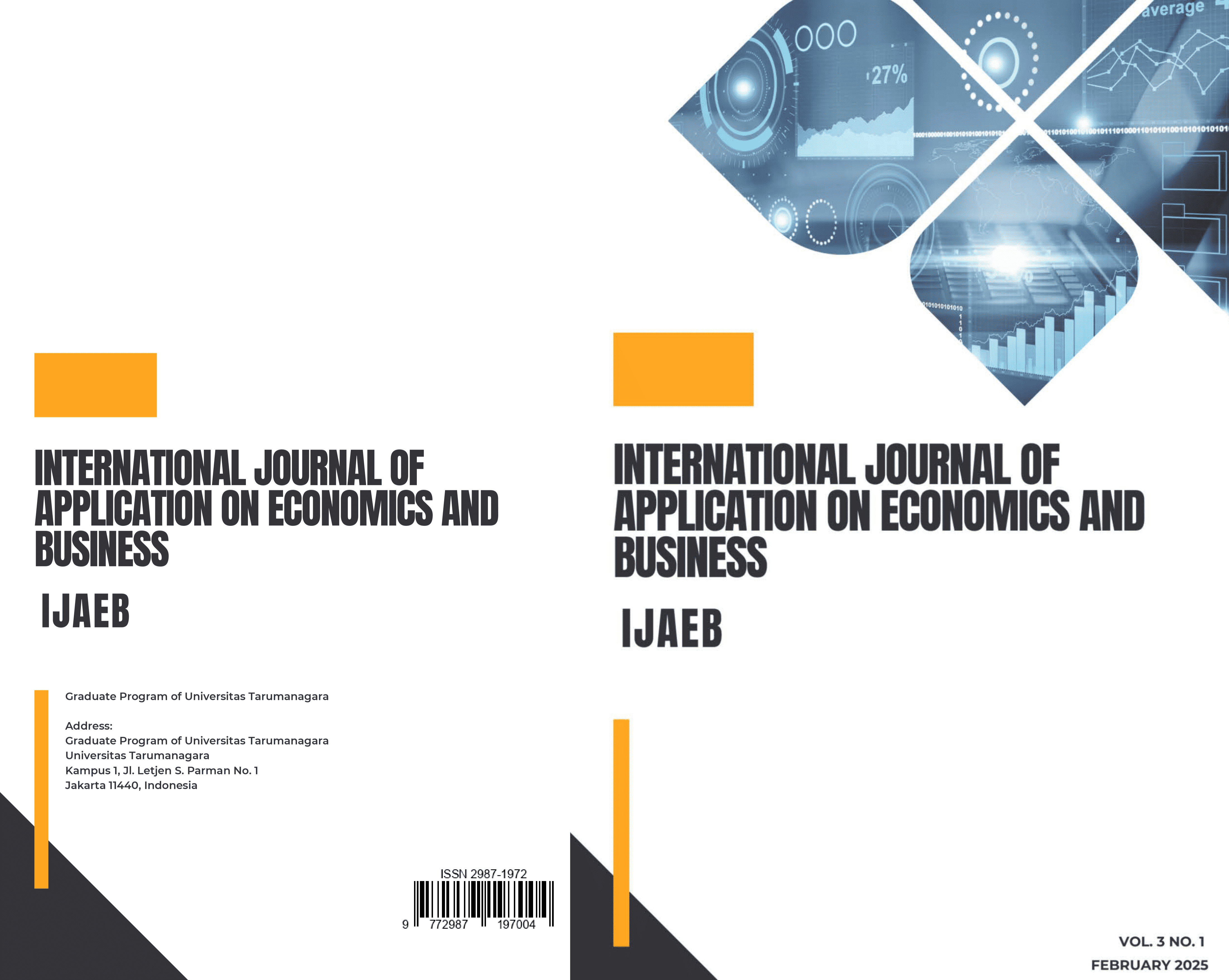INNOVATION BUSINESS MODEL OF VANILLA IN TAIWAN
Main Article Content
Abstract
Vanilla pod is one of the most expensive spice in the world. The international price is as high as 300 to 600 US dollars per kg of vanilla pods, therefore, vanilla planting has sprung up in various countries. The present study proposed an innovation business model of vanilla in Taiwan. The innovative business model based on the SID (supply-interface-demand) model and the 9 building blocks model, combines capital suppliers, land suppliers, labor providers, and case company to provides various combinations of cooperation modes for the four parties to choose their best cooperation programs. For the investors, the return rate for the first round of investment is about 13%; and the second round is about 25%. For the labors, they can have at least NT$ 40,000 per month and just need to work about 4 days per week. For land providers, every units of land they can received NT$ 20,000 per year. Because the innovation business model has very good business benefits not only for the case company but also for the investors, labors, and land providers. Therefore, the innovation business model proposed in the present study can be promoted and applied to relevant countries.
Article Details

This work is licensed under a Creative Commons Attribution-NonCommercial-ShareAlike 4.0 International License.
This journal provides immediate open access to its content on the principle that making research freely available to the public supports a greater global exchange of knowledge.
IJAEB by Graduate Program of Universitas Tarumanagara is licensed under a Creative Commons Attribution-NonCommercial-ShareAlike 4.0 International License.. Permissions beyond the scope of this license may be available at https://journal.untar.ac.id/index.php/ijaeb
References
Arshad, A., Adil, S. H., & Ebrahim, M. (2024). Plant disease detection using convolutional neural network. Journal of Independent Studies and Research Computing, 22(1), 73-79.
Bellman, R., Clark, C. E., Malcolm, D. G., Craft, C. J., & Ricciardi, F. M. (1957). On the construction of a multi-stage, multi-person business game. Operations Research, 5(4), 469-503.
Fouché, J. G., & Jouve, L. (1999). Vanilla planifolia: history, botany and culture in Reunion Island. Agronomie, 19(8), 689-703.
Gao, S., Hu, Z., Wang, H., Zhang, X., & Zhang, Y. (2024). "Nine-step method" for smart agriculture to help save costs, increase yields and increase efficiency in food production. Bulletin of Chinese Academy of Sciences (Chinese Version), 39(1), 198-209.
Gemtou, M., Kakkavou, K., Anastasiou, E., Fountas, S., Pedersen, S. M., Isakhanyan, G., Tarekegn, K. & Pazos-Vidal, S. (2024). Farmers’ transition to climate-smart agriculture: A systematic review of the decision-making factors affecting adoption. Sustainability, 16(7), 2828.
Goodman, M. J. (2017). The “natural” vs. “natural flavors” conflict in food labeling. Food and Drug Law Journal, 72(1), 78-102.
Johnson, M. W., Christensen, C. M., & Kagermann, H. (2008). Reinventing your business model. Harvard Business Review, 86(12), 50-59.
Lin, C. C., & Foung, W. T. Y. (2021). A new conceptual framework for business model analysis. In Proceedings of the Ninth International Conference on Entrepreneurship and Business Management (ICEBM 2020). Advances in Economics, Business and Management Research, 174, 51-56.
Lubinsky, P., Bory, S., Hernández Hernández, J., Kim, S. C., & Gómez-Pompa, A. (2008). Origins and dispersal of cultivated vanilla (vanilla planifolia jacks. [orchidaceae]). Economic Botany, 62, 127-138.
Osterwalder, A., & Pigneur, Y. (2010). Business Model Generation: A Handbook for Visionaries, Game Changers, and Challengers (Vol. 1). John Wiley & Sons.
Petrolli, R., Selosse, M. A., Bonillo, C., Griveau, C., Lalanne‐Tisné, G., Comes, B., Kodja, H., & Martos, F. (2024). Mycorrhizal communities of vanilla planifolia in an introduction area (La Réunion) under varying cultivation practices. Plants, People, Planet, 6, 683-696.
Rivera, E. S., Esparza, B. C. R., & Parraguez-Vergara, E. (2011). The Cultural Weight of Nature: The Intra and Inter-Institutional Conflicts about Biodiversity and Ethnicity in Chile and Mexico. Santiago.
Wirtz, B. W., Pistoia, A., Ullrich, S., & Göttel, V. (2016). Business models: Origin,



